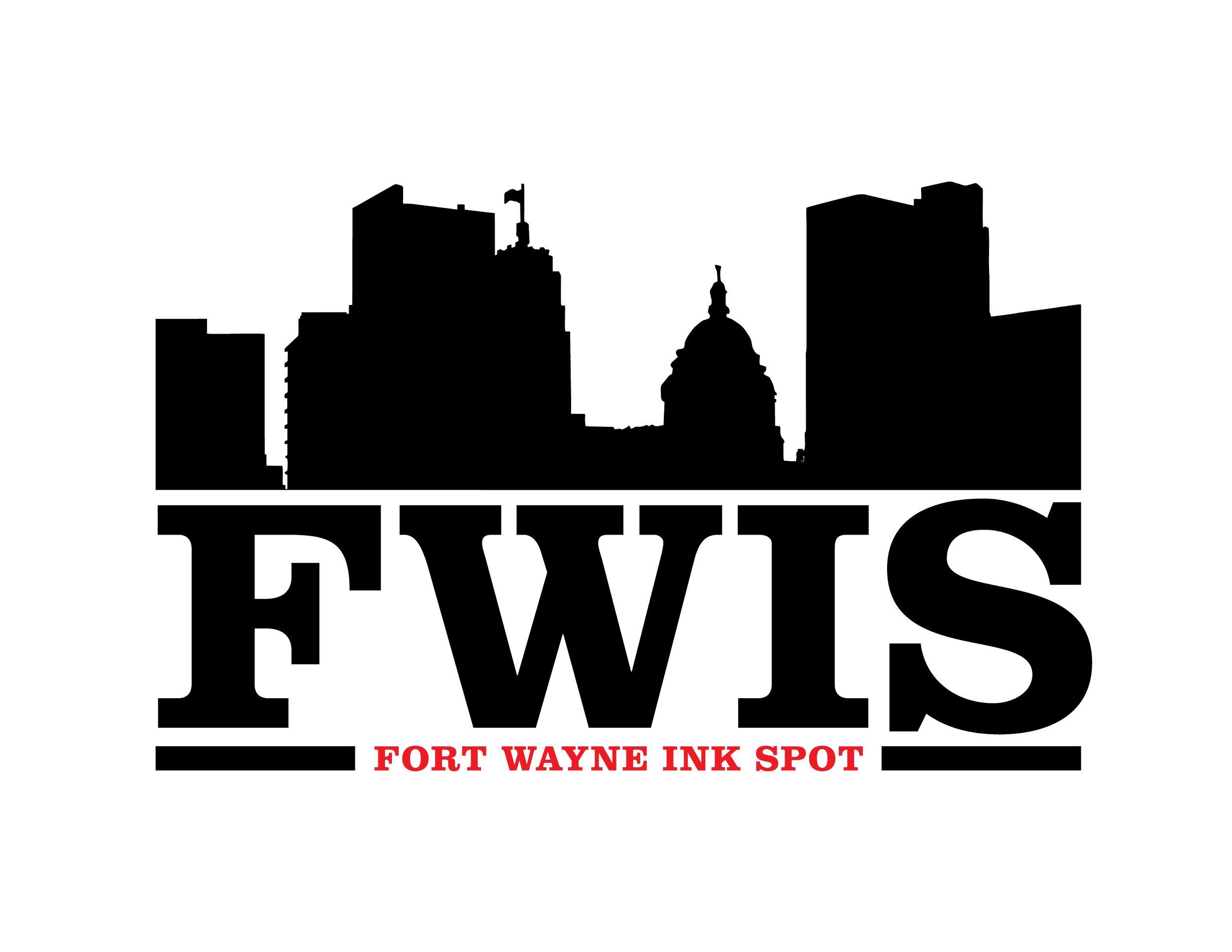Bridge of Grace Compassionate Ministries Center’s Double-Wide, Open Door Engagement

Written by William Bryant Rozier
When Réna Bradley, Community Development Director for Bridge of Grace Compassionate Ministries Center (CMC), talks about thinking like a designer, she’s referring to the universal can-do: problem solving. Example: If you’re a graphic designer, you may have to throw out all of your highfalutin theories from school because all you need right here, in this fictional example, is a square. Take what you’re given and run with it.
Located at 5100 Gaywood Drive, Bridge of Grace CMC is the faith-based nonprofit arm of Many Nations Church of the Nazarene; its eight-year mission has been to empower its neighbors in the Mount Vernon Park area of Southeast Fort Wayne, bound by Pettit Avenue, Paulding Avenue, Hanna Street, and South Anthony Boulevard.
According to Bradley and figures compiled by the center, the average income of the area is $25,000 per household. More women than men and “more youth than non-youth” live there, with African-Americans comprising the largest racial demo at 31%.
When Many Nations Church’s leader, Pastor Javier Mondragon, took the position, he knocked door-to-every-550-some-odd-doors in the area to ask his new neighbors what they wanted out of their church (Phase 1, caring and competent trust building, of center’s engagement). Safety and outreach geared towards the youth were the most requested; folks wanted to a beautiful neighborhood.
Bradley, whose background is in architecture, reached out to her connection at Lawrence Tech University from her hometown of Metro Detroit; they dispatched a student to help design a playground using leftover old tires and wood pallets. The children who attended the center’s summer camp, after some power tool lessons, helped construct the playground (Phase 2, I do you help, of the center’s engagement). During the brainstorming for cool ideas, an 11-year-old suggested an intergenerational space; others called for a mural wall with conversation starters painted on it, an oasis space for older kids, and a healing-type garden for everyone. Some of the more ambitious children, leaders in dress rehearsal, even pitched the project to the City’s Board of Zoning Appeals. Creating is Phase 3 (You do I help). All of the previously mentioned stems from the Bridge of Grace’s Tired-A-Lot program.
Bradley from Detroit
She grew up in Metro Detroit, Southwest Michigan, in a middle class black neighborhood, “a great place to grow up,” she said, because “there was no limitation on what I thought I could do.” Her neighbors were successful doctors, lawyers, engineers, and newscasters who “for the most part looked like me.” She was always good at math, and rebelling against engineering because her older sister beat her to it, Bradley chose architecture without knowing (and not spooked by) the scarcity of African-American professionals. “3% of us are people of color and .03% of us are women of color.”
Coincidently, when Bradley was in high school, Detroit was starting to undergo its major inside-out revitalization with new stadiums, housing, and waterfront coming. She was all about the future when she attended Howard University for architecture and left with “a social justice bent, which I think everybody who goes [there] does.” In 2007, “which was pre-housing collapse but post-auto industry collapse,” she couldn’t get a job in Detroit with her well-earned degree because there wasn’t enough money to go around.
She stayed in Virginia, designing hospitals for four years. “It wasn’t something that was very fulfilling for me,” she said. She made it back home after being one of 29 accepted from a pool of 650 applicants to join Detroit’s Revitalization Fellows program that used stimulus dollars to stabilize property values in targeted neighborhoods. Fulfilling work.
At Bridge of Grace, the outreach is a wide canvas. The Crime and Safety initiatives include an adopt a block program, a lighting project, and home safety assessments that saw Pastor Mondragon work with the fire department to gauge how susceptible houses in the Mount Vernon Park Neighborhood are to burglary; amendments are then broached. The Neighborhood Revitalization initiative helps renovate blighted homes.
“Eliminating blight in neighborhoods can have this profound impact on the economy, on investment, etc.,” Bradley said. “What was missing for me [with my previous jobs] was people weren’t able to be directly engaged in that process and help out their own community.”
The Education and Enrichment initiatives offer tutoring and mentoring. Life Skills, like financial literacy, healthy cooking, and parenting classes, are taught.
Mondragon from the Streets
The Broken Windows Theory of revitalization is at play here; the idea that rejuvenating a city block (repairing, and not ignoring, a broken window) has a significant positive effect on a neighborhood’s spiritual, emotional, and financial health. It might be one change or a combination of changes, but the results cannot be ignored, particularly in the area of public safety. According to the FBI’s Uniform Crime Statistics provided by the Fort Wayne Police Department, the crime rate has dropped over 55% since 2013.
Those results are a direct result of how Pastor Mondragon grew up in Mexico, in a violent community that saw a young Javier get mixed up in drugs and gangs early. He would watch Sunday churchgoers walk by him to service, only to open the door briefly to enter.
“He said, ‘I never want to be a church that has its doors closed to the community,’” recalled Bradley of how the church came to be.
For more information about the center’s programs and initiatives, hit up BridgeOfGraceCMC.org.
